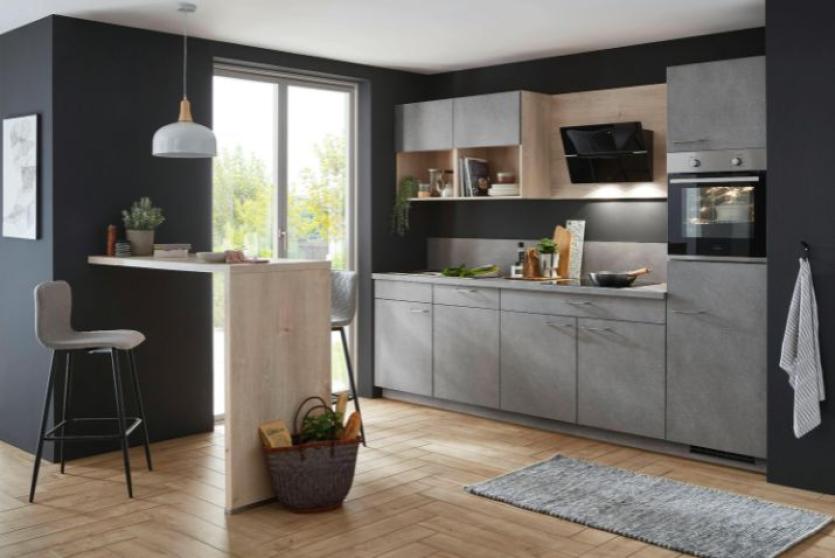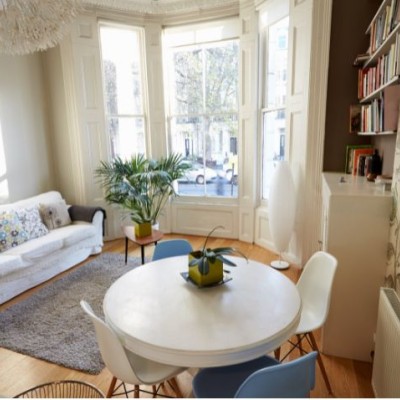The 7 biggest mistakes landlords make when buying a leasehold property

Buying and owning a leasehold property – especially if it’s a flat – is very different to owning a freehold house or a property which has a share of freehold.
Whether you own or are thinking of buying a leasehold property to let, here are our top seven tips to make sure you successfully own and manage your leasehold property, especially if you are going to be letting the property.
- Not using a leasehold professional for the purchase conveyancing
This is a common mistake, with many people simply using the same legal professional to handle all their property purchases. But leasehold is a particular specialism because, on top of the things involved in any purchase, you have the lease itself filled with clauses, and various elements of the property management that need to be looked into.
Even a small issue can cause a problem down the line, so, although any conveyancer can legally carry out the work, it’s highly advisable to use someone who deals with leasehold transactions every day and is used to spotting key issues early on in the purchase.

- Not disclosing the intention to let the property
Your conveyancer needs to know if you’re buying the property to let privately so they can make sure there’s nothing in the lease that will get in the way of that. For instance, you might need to get permission from the landlord/freeholder to rent the property out, while some leases prevent the property being sub-let at all.
- Not finding out about restrictive covenants
These are rules in the lease that you agree to when you buy. Generally, they’re there to discourage anti-social behaviour and actions/activities that could make properties in the building difficult to sell. As a landlord, you want your property to appeal to as many tenants as possible, so it’s vital to know if there are any décor restrictions and what tenants might be prevented from doing while they’re living there.
Examples of restrictive covenants include:
- No short or long term letting
- A ban on pets
- A curfew on noisy activities – e.g. no playing musical instruments or carrying out DIY after 9pm
- Not permitting certain types of flooring – e.g. no laminate, hard wood or tiles
- Only allowing parking in a designated space or the property may come with no parking at all
- Not understanding the implication of lease length
When you buy a leasehold property, a large part of its value is in the number of years remaining on the lease. You only ‘own’ the property for the length of time stipulated on the lease, after which ownership reverts to the freeholder. This is why properties with a shorter remaining lease are generally cheaper as mortgage companies become less willing to lend on them, so it reduces demand.
So, check the lease length and, if there are fewer than 85 or so years remaining, have your legal company find out whether it’s possible to extend it and how much that would cost. Also see our article on the upcoming leasehold changes that should make it easier and cheaper to extend a lease and have more rights as a leaseholder.

- Not checking the buildings insurance
In most cases, buildings insurance will be arranged by the management company and your contribution to the cost will form part of the service charge. But it’s important to check exactly what’s included, as it may not cover particular circumstances relating to renting out the property, and you will almost certainly have to take out your own separate landlord policy that includes things like indemnity insurance and cover for malicious damage by tenants.
See our separate article, ‘7 reasons why landlords who own a leasehold property need specialist insurance’.
- Not checking the history and future of service charges and ground rent
As the owner of a leasehold property, you pay two regular charges:
- Ground rent – A payment made to the freeholder for your continuing ‘rental’ of the ground on which the property stands, which they own. It’s vital to check how much this is and whether there is a schedule in place for the cost increasing, which can be written into the lease. Have your conveyancer check whether there are any limits or caps in place and make sure you understand how much the cost could increase over the time you plan to own the property.
- Service charge – Your contribution to the ongoing maintenance of the building and grounds, e.g. cleaning of the communal areas, gardening, painting of the exterior and repairs to the structure. The charge should cover the regular outgoings and allow for money to be set aside in a ‘sinking fund’ that will pay for periodical larger works, such as roof repairs, so that leaseholders don’t suddenly face a large bill.
To make sure you don’t get any nasty financial surprises, your conveyancer should check:
- That the current owner of the property is up to date with their service charge payments
- That all the other property owners in the building are also up to date
- How much is currently in the sinking fund
- What repairs are likely in the next five or more years
- Not having a private survey carried out
Even though you don’t own the structure of the building, and general repairs and maintenance should be taken care of by the management company, it’s still important to have your own survey. This can identify issues that haven’t yet been noticed – e.g. the property lacks a stop cock, rising damp issues if you’re buying a ground floor flat – and your surveyor can also advise you on what questions to ask the management company about the property’s condition.
It’s also important to consider the future legislation you will have to comply with and find out how it will work if you need the management company to make changes so that your property can continue to be legally and safely let.
For example, current government plans are for all rented properties in England and Wales to have a minimum C rating by 2030 and the Renters’ Rights Bill proposes a new Decent Homes Standard. So, if general building works are needed to ensure your property complies, such as upgrading the windows or heating system and having damp treatment, how quickly and easily could that be signed off and done?
If you have any questions about insuring a leasehold property, we’re always here to help. You can contact our experts today by calling 01903 890044 or emailing info@bodeinsurancesolutions.co.uk or get a quote online at any time.
If you are a current landlord with any of the agencies in LRG, an insurance quote is ready and waiting for you in your online landlord account. No fuss or forms to fill out!
Bode Insurance Solutions Limited is registered in England (Company no 03101637) Registered Address: Crowthorne House, Nine Mile Ride, Wokingham, Berkshire RG40 3GZ.
Bode Insurance Solutions Limited is authorised and regulated by the Financial Conduct Authority (FCA) under firm reference 313541.
You may check this on the Financial Services Register by visiting the FCA’s website https://register.fca.org.uk or by contacting the FCA on 0800 111 6768

Contact Us
Got a question, general enquiry or something else?
You may also like
Since we started in 1987 we have grown to one of the UK’s largest property groups, we can save you time and money by offering a range of services and expertise under one roof.



